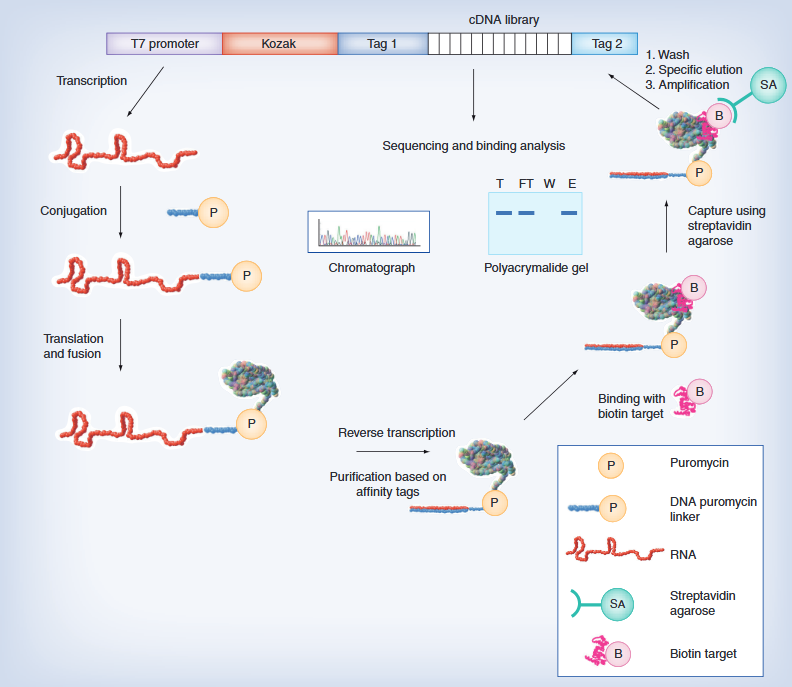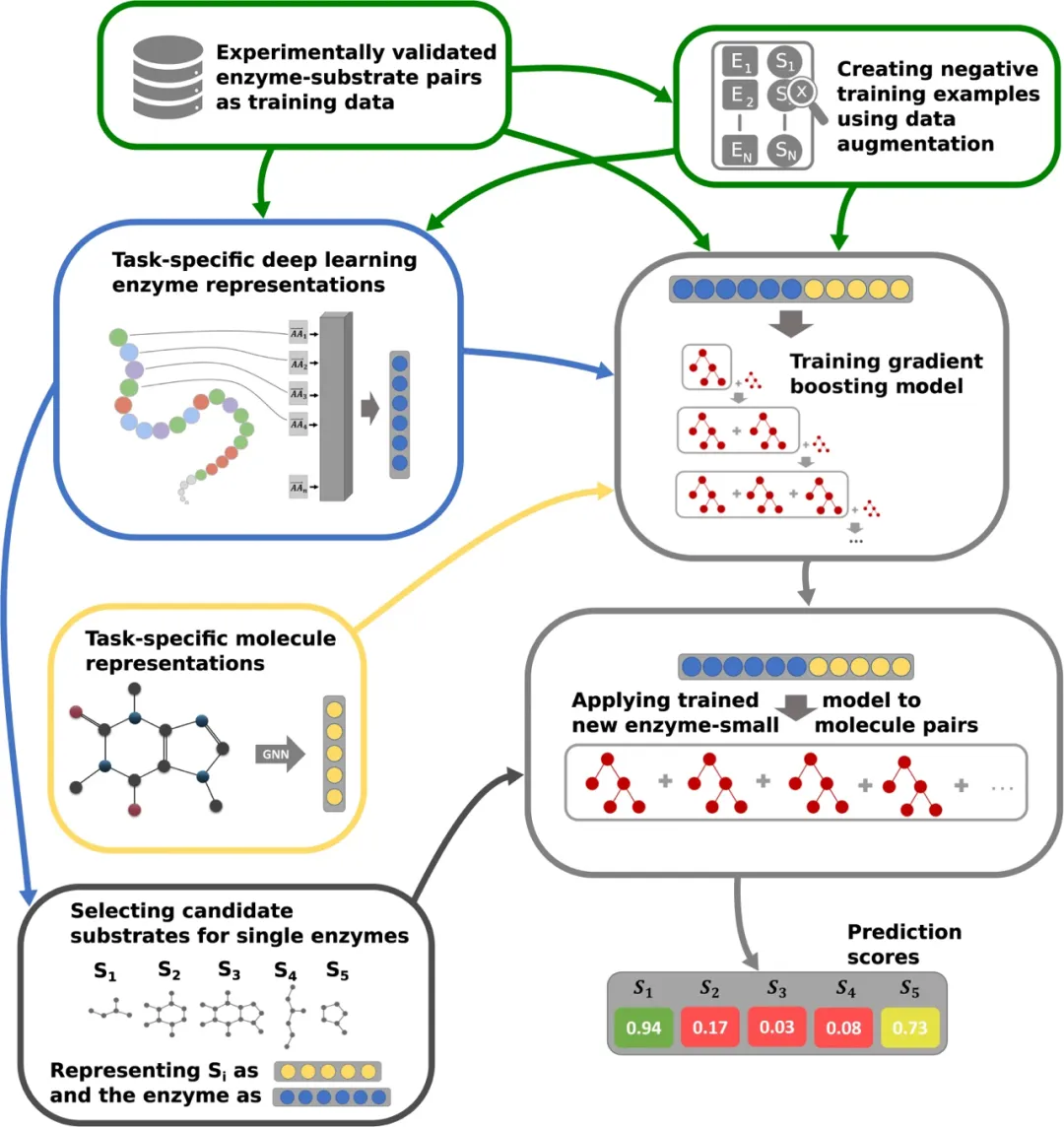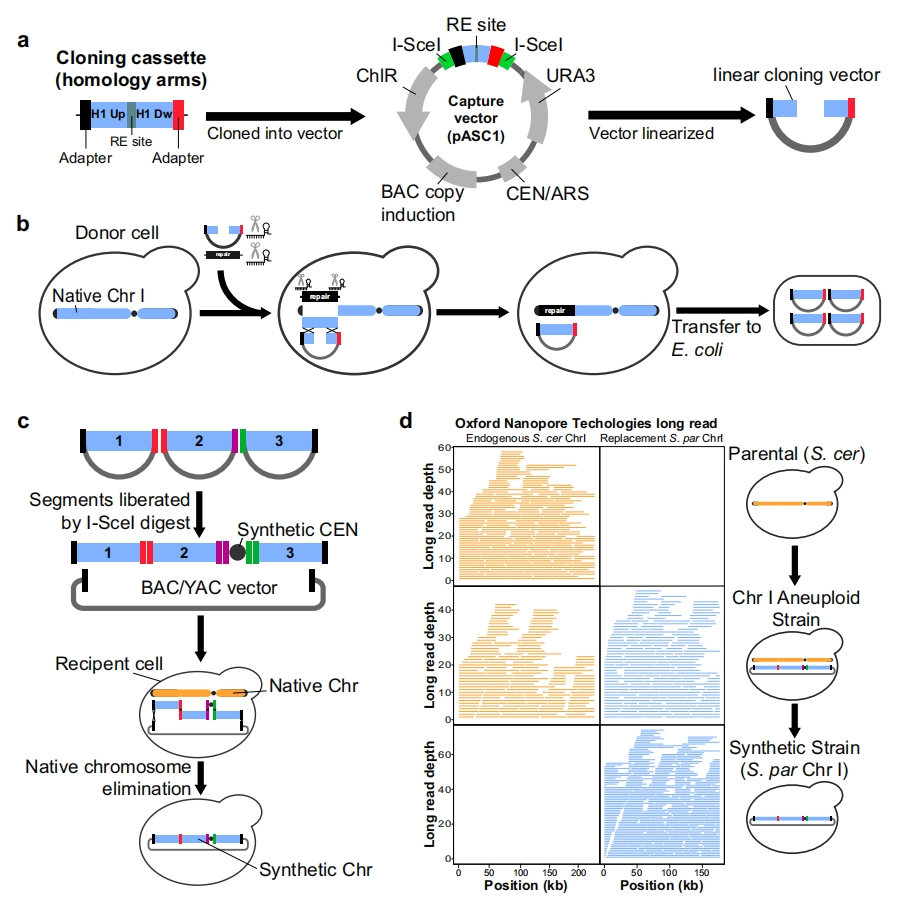OpenAI, a well-known developer of ChatGPT, a generative pre training language model, suddenly resigned from Ultraman’s position as CEO on the 17th. Insiders revealed that this is related to AI security claims, development speed, and the commercialization of OpenAI. In fact, as early as April this year, a group of AI industry leaders and experts issued an open letter calling for a suspension of the development of artificial intelligence systems that are more powerful than OpenAI’s newly launched GPT-4 model for at least six months, citing the potential risks these systems pose to society and humanity. The opposing stance behind this incident is also worth pondering. Scientists/technology developers hold a more cautious attitude and focus on the long-term safety of technological development, while entrepreneurs and the public seem to value the current benefits of artificial intelligence more. This seems to be opposite to the social public opinion caused by many other cutting-edge technologies, such as genetically modified technology. On November 20th, David Bray from the Stimson Center, a US government think tank, shared “Artistic Intelligence and Synthetic Biology Are Not Harbingers of Doom” in Grand Strategy, exploring the cutting-edge technologies of artificial intelligence and synthetic biology.

Is artificial intelligence and biological research a precursor to misfortune or an excellent opportunity?
Some people believe that artificial intelligence (AI) can lead to the misuse of biotechnology to manufacture pathogens and worsen biological hazards. On the contrary, AI brings hope for advancing biological research, and biotechnology can provide power for the next wave of AI, thereby benefiting humanity. People are very concerned about the abuse of biotechnology, and recently the Biden administration has released guidelines for biotechnology research, partly to ease public concerns.
The assumption that artificial intelligence may trigger new pathogens and a biological apocalypse overlooks three key factors. The quality of AI systems depends on the data they are trained on. To train AI with biological data, it is essential to have this data present, which means that humans can use it regardless of whether they have artificial intelligence or not. Any attempt to solve the problem of using biological research to develop harmful pathogens or biological weapons cannot rely on attempts to control data access or artificial intelligence, because regardless of whether AI is training the data, it will be discovered and understood by human experts.

Secondly, the government focuses on researchers developing biological weapons to prevent them from using biotechnology for harmful purposes. In order to reduce the risk of misuse of artificial intelligence and biotechnology, we need to develop indicators and early warning measures. Similar to the advancement of steam engine technology leading to new types of crimes, such as train robbery, the solution is not to abandon the steam engine or stop using it to transport cash and valuable goods, but to adopt other improvement measures, including making safe boxes more difficult to crack. Nowadays, similar warning and detection methods are also needed in the fields of artificial intelligence and biotechnology, as well as innovative means of issuing warnings when conducting research on harmful organisms.
The Executive Order (EO) issued on October 30, 2023 prompted agencies and departments in the United States that fund life science projects to develop new standards for biosynthetic screening as a condition for federal funding to manage risks that may worsen due to artificial intelligence. Safeguards to ensure that any potential dual-purpose biological research is not abused typically involve real-world monitoring to provide early warning of adverse uses. Although EO is not intended to restrict research, solutions that attempt to restrict data access overlook the fact that biological data can already be discovered and shared in encrypted form, beyond government control. Regardless of the use of Large Language Models (LLMs) and other forms of artificial intelligence, technologies used to detect malicious intent will come into play.
Thirdly, due to the frequent errors in large language models and other artificial intelligence systems, any artificial intelligence that provides biotechnology advice must be checked by human experts. Although artificial intelligence can generate suggestions and formulas, propose new formulas for new pathogens or biomaterials, this does not mean that the suggestions proposed by artificial intelligence have any practical scientific basis.
Why should we focus on how artificial intelligence interacts with biology?
Setting aside concerns about the potential use of artificial intelligence for harmful purposes, the intersection of biology and data science has been a neglected aspect in the past two decades. At present, at least two COVID-19 vaccines are designed using computers and then printed with nucleotides using mRNA printers. Without this technology, it may take an additional two to three years to develop the same vaccine. The current cost of nucleotide printers is only $500000, and they may become cheaper and more powerful in the coming years.

As long as artificial intelligence models are trained correctly, artificial intelligence can bring benefits to biological research and biotechnology. In order to avoid negative risks, new methods must be adopted in the coming years to organize data and train artificial intelligence models for biological systems.
In the past few years, people have begun to pay attention to the risks that artificial intelligence system training may lead to the production of biological pathogens. However, they overlooked that the quality of AI depends on the dataset it is trained on. When these data appear on the internet or other media, the risk already exists. In addition, individuals are unable to obtain the experience and professional knowledge required to complete the information provided through artificial intelligence, and this experience can only come from actual courses in real-world environments. On the other hand, some people propose that AI systems learn and design more deadly pathogens from biological data. Due to the complexity of biological interactions and the possibility of inaccurate answers generated by certain artificial intelligence, this risk is not as significant as it appears. The risks brought by interdisciplinary collaboration among human experts far outweigh the risks that artificial intelligence may bring.
How to lay a solid foundation for artificial intelligence and biology in the next two decades?
In the current technological revolution, the integration of data and biological sciences is one of the most influential elements. To address challenges such as climate change and food safety, sustainability, and availability, it is necessary to simultaneously utilize artificial intelligence and biological research. For example, in some parts of the world, a large amount of nitrogen has been lost from the soil, leading to a decrease in agricultural production. At the same time, methane gas is a pollutant that, in terms of its greenhouse effect on the Earth, is 22 to 40 times more severe than carbon dioxide. Bacteria generated through computational methods can develop through natural processes that use methane as energy, thereby consuming and removing it from the greenhouse effect, while returning nitrogen from the air to the soil, making the soil more productive and generating more agricultural yields.
In order to promote global activities and encourage the active utilization of these technologies, the existing International Genetic Engineering Machine (iGEM) competition should be expanded. IGEM is a global academic competition that has been ongoing since 2004, aimed at enhancing understanding of synthetic biology while developing collaboration between open communities and groups. In recent years, over 6000 students from 353 teams from 48 countries have participated in the competition. Expanding iGEM to the field of classification and monitoring of positive utilization in synthetic biology, as well as collaborating with national governments to ensure that these technologies are not used for adverse purposes, will be two important ways to move forward.
Artificial intelligence systems are designed and trained by humans. The future improvement lies in developers focusing on enhancing the display of kindness, ability, and integrity in artificial intelligence. Similar considerations should also be extended to decision-making in human society, including organizations, community associations, governments, supervisory committees, and professional environments, just like our expectations for artificial intelligence systems.
Related recommendations
AI guided enzyme design
AI guided precise HTP library screening
Integrating AI and Machine Learning in Enzyme Design
Computer-Aided Design









